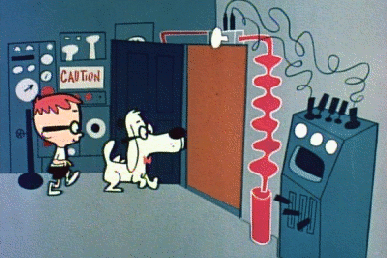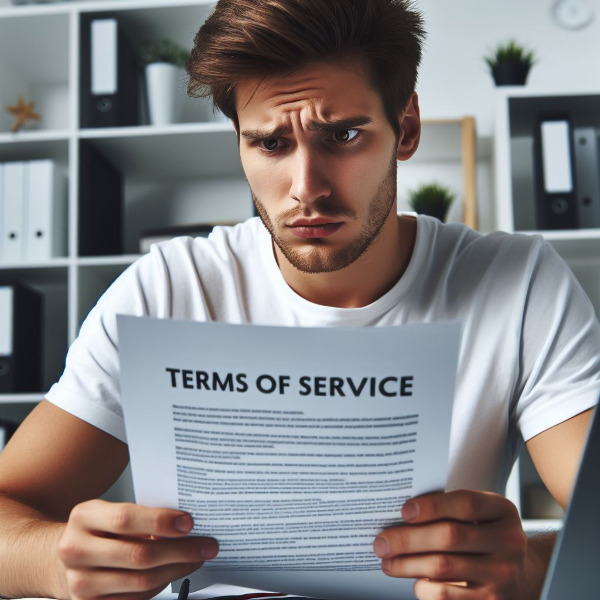Neural Networks and Artificial General Intelligence

A neural network is a type of deep learning model within the broader field of machine learning (ML) that simulates the human brain.
It was long thought that the way to add "intelligence" to computers was to try to imitate or model the way the brain works. That turned out to be a very difficult - some might say impossible - goal.
Neural networks process data through interconnected nodes or neurons arranged in layers—input, hidden, and output. Each node performs simple computations, contributing to the model’s ability to recognize patterns and make predictions.
These deep learning neural networks are effective in handling tasks such as image and speech recognition, which makes them a key component of many AI applications.
When neural networks are being "trained," they make random guesses. A node on the input layer randomly decides which of the nodes in the first hidden layer to activate, and then those nodes randomly activate nodes in the next layer, and so on, until this random process reaches the output layer. If you know of any of the large language models (LLM) then you have seen this at work. GPT-4 has around 100 layers, with tens or hundreds of thousands of nodes in each layer.
Have you ever clicked thumbs-up or thumbs-down to a computer’s suggestion? Then you have contributed to the reinforcement learning of that network.
I have found that predicting the future of technology is rarely accurate, and predictions on AI have generally been wrong. In 1970, one of the top AI researchers predicted that “in three to eight years, we will have a machine with the general intelligence of an average human being.” Well, that did not happen.
Most current AI systems are "narrow AI" which means they are specialized to perform specific tasks very well (such as recognizing faces) but lack the ability to generalize across different tasks. Human intelligence involves a complex interplay of reasoning, learning, perception, intuition, and social skills, which are challenging to replicate in machines.
That idea of reaching artificial general intelligence (AGI) has its own set of predictions with experts having varying opinions on when AGI might be achieved,. I have seen optimistic estimates of a few decades to more conservative views spanning centuries or even beyond. It is hard to predict but breakthroughs in AI research, particularly in areas like reinforcement learning, neural architecture search, and computational neuroscience, could accelerate progress towards AGI.


 Terms of service. That information you tend to avoid reading. Good example: Google's newly updated terms of service, which I found out about in an email last week. I decided to read them.
Terms of service. That information you tend to avoid reading. Good example: Google's newly updated terms of service, which I found out about in an email last week. I decided to read them.